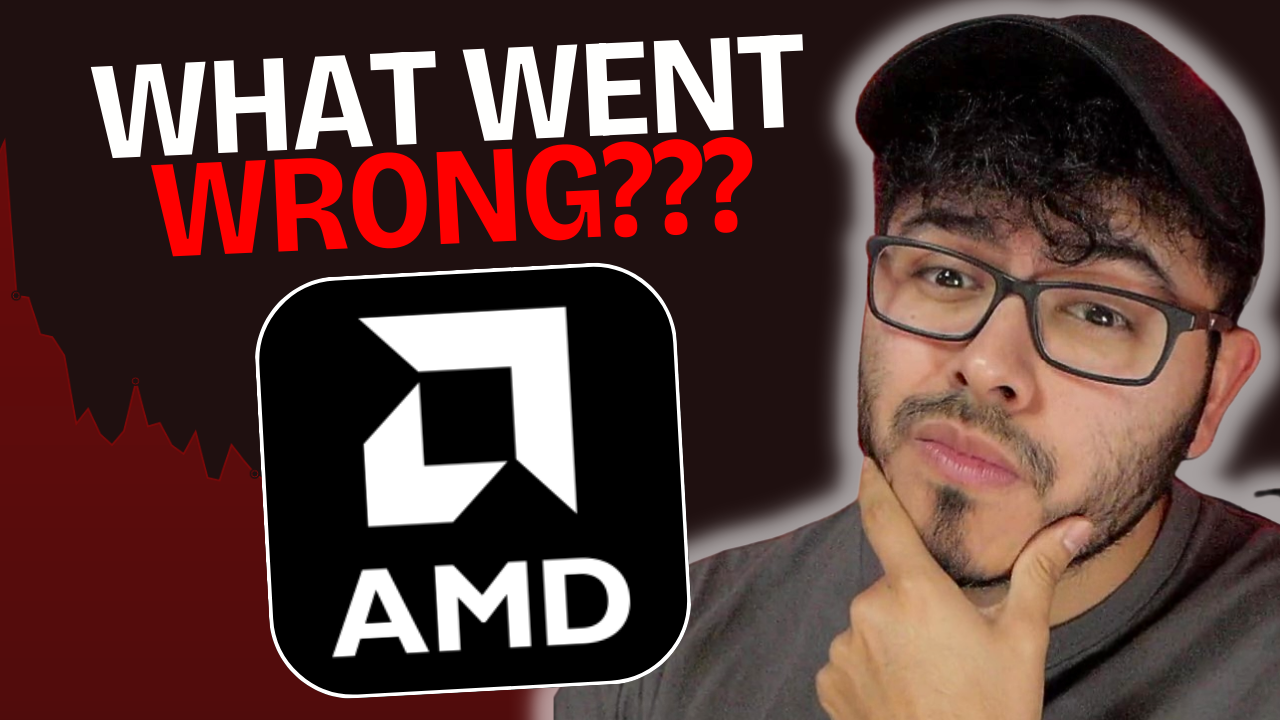Advanced Micro Devices (AMD 2.59%) reported its second-quarter earnings on July 16, and the numbers were not good. Revenue slumped by more than one-third year over year to $942 million, and the company reported a net loss of $181 million. The PC side of the business was a mess, and even the semi-custom business suffered from declining profitability.
The numbers, though, don't tell the whole story. Here are five quotes from AMD's conference call that provide some additional detail on the state of the business.
Another semi-custom design win
Last October, AMD announced that it had secured two new semi-custom SoC design wins. Initial revenue is expected in 2016, and these two deals are expected to generate about $1 billion of revenue over the course of three years. This will diversify AMD's semi-custom business, which currently depends on the PlayStation 4 and Xbox One game consoles.
During AMD's conference call, CEO Lisa Su announced that the company had secured another new semi-custom design win: "We also began development of a new Semi-Custom design in the quarter. Like our other Semi-Custom designs, the details are customer confidential, but we are pleased with our progress continuing to expand our customer base in this important part of our business."
Expanding beyond game consoles is important; game console sales tend to peak a few years after release, followed by a decline leading up to the release of the next generation of consoles. In addition, the average selling price AMD receives for its game console SoCs decline over time, further pressuring revenue.
Catching up to Intel
Intel (INTC 4.01%) has been following the tick-tock model, where each microarchitectural change is followed by a die shrink, for the better part of a decade. This ensures that the company isn't simultaneously moving to a new node and making a major microarchitecture change, and it has worked extremely well for Intel over the years.
However, Intel recently announced that it is pushing back its 10nm chips to 2017, inserting a third generation of 14nm chips, thus deviating from the tick-tock model. The company had significant issues with its 14nm process, and as transistors get smaller, die shrinks will inevitable become more challenging. This increase in time between die shrinks could help level the playing field for AMD. According to Su, "The fact that the gap between foundry technologies and other technologies is shrinking, I think, does change the competitive landscape and will be a good opportunity as we go forward competitively."
Intel has long had a manufacturing lead over other foundries. While the move to smaller transistors will be challenging for everyone, not just Intel, AMD's ability to use a manufacturing process that's competitive with Intel's, even if only for a year before Intel moves to 10nm, could allow the company to better compete in PCs and servers.
ARM servers are still in the early innings
Intel dominates the server chip market, and AMD has seen its market share essentially vanish over the years. The company is working on both x86 server chips as well as ARM server chips, and its first ARM server chip, Seattle, is expected to launch sometime this year. But investors shouldn't expect much. Again from Su: "Yes, so I think Seattle is a good offering for 64-bit ARM servers, and if you look at what we've said up until now, we have a number of companies both in the ecosystem, as well as users developing software on Seattle and looking at how it operates in the environment. I would say that the overall revenue of Seattle will be modest, as ARM ramps will take a bit of time, but the importance of building the ecosystem is there."
Seattle will launch at a time when the ARM server market is in its infancy, and it won't contribute much of anything to AMD's top or bottom lines. ARM Holdings expects that ARM servers will account for up to 20% of the market by 2020, an optimistic forecast. Even if ARM is correct, meaningful revenue from ARM server chips for AMD is probably still years away.
About that second-half guidance ...
During AMD's analyst day in May, the company provided an optimistic outlook for the second quarter, calling for a return to non-GAAP profitability. I argued recently that this guidance was completely unrealistic, given the state of the PC market, and that the company would most likely be forced to abandon its rosy outlook. During the conference call, it did just that. Because of "the recent change in the PC market outlook," said CFO Devinder Kumar, "our goal of second-half profitability has been pushed out."
It's difficult to predict demand in the PC market, but AMD's guidance for the second half lasted all of two months before it had to be abandoned. It's difficult to be confident in any sort of turnaround when AMD has been so off base with its guidance.
AMD is banking on a strong fourth quarter
AMD expects revenue to grow sequentially during the third quarter, driven by sales of semi-custom chips for game consoles, as well as improved APU and GPU sales. The company is also expecting a strong fourth quarter. "Q4, we're not providing guidance, but as you get to the Q4 timeframe, we think the PC market continues to stabilize, and that helps us from that standpoint," Kumar says. "And that's the way we have it baked in."
AMD is expecting the PC market to stabilize in the second half of the year, and its outlook is built on that assumption. An analyst on the conference call, Stacy Rasgon of Bernstein, called the company out on its optimism:
Right. I guess -- I mean, you're telling me you feel good about Q4, but I mean, let's be honest. You haven't been able to forecast a month and a half out, let alone two quarters. It just seems to me like there's a setup here for more bad things to happen if that market doesn't stabilize. And even if it does stabilize, I mean, your business has been -- let's be honest; it hasn't been stable, versus where the market's been, either.
AMD has been unable to provide accurate guidance for the current quarter, let alone two quarters in advance, so the company's outlook for the PC market should be taken with a grain of salt. If the PC market doesn't stabilize in the second half, then AMD's numbers are going to be downright awful.
Most of AMD's initiatives -- semi-custom design wins, its new Zen processor core, ARM servers -- won't pay off until next year at the earliest. Unfortunately for AMD investors, things could get worse before they have a chance of getting better, regardless of management's optimistic tone.







